Einleitung
Diese Anleitung zeigt, wie das Logic Board in einem iMac Intel 21,5" Retina 4K Display 2019 ausgebaut werden kann, um dann auch den RAM auszuwechseln.
Einige Bilder der Anleitung zeigen einen älteren iMac, der sich geringfügig unterscheidet. Die Unterschiede spielen für die Reparatur keine Rolle.
Während der Reparatur muss am Netzteil gearbeitet werden, an dem große Kondensatoren angebracht sind. Drücke die Einschalttaste und halte sie mindestens 10 Sekunden lang gedrückt, damit sich die Kondensatoren entladen. Berühre keine Leitungen zu den Kondensatoren oder Lötstellen auf der Rückseite der Netzplatine. Fasse die Platine nur an den Kanten an.
Werkzeuge
Ersatzteile
-
-
Reparaturen sind relativ schwierig, wenn der iMac aufrecht steht und man keine iMac Reparaturhilfe verwendet. Man kann den iMac für Reparaturen zwar auch hinlegen, jedoch ist es einfacher und schneller, den iMac in aufgerichtetem Zustand zu reparieren.
-
-
-
Beginne an der linken Seite des Bildschirms, auf der Seite der Ein-/Aus-Taste, und schiebe das iMac Opening Tool zwischen Bildschirm und Gehäuse.
-
-
-
Benutze das Werkzeug wie einen Pizzaschneider - rolle es entlang des Schlitzes zwischen Bildschirm und Gehäuse, um den Schaumkleber zu durchschneiden.
-
Fahre mit dem Werkzeug entlang der linken Displayseite.
-
-
-
Schneide den Rest des Klebers an der rechten Seite des Displays bis ganz nach unten durch.
-
-
-
Beginne an der oberen rechten Ecke des iMacs und schiebe eine Plastikkarte zwischen Display und Gehäuse.
-
-
-
Verdrehe die Plastikkarte leicht, um den Abstand zwischen Bildschirm und Gehäuse zu vergrößern. Trenne allen Kleber in der Nähe der Ecke auf.
-
Zu viel Kraft kann das Display zerbrechen. Arbeite vorsichtig. Versuche nicht, den Spalt mehr als 6 mm breit zu machen.
-
-
-
Schiebe die Karte in Richtung der Bildschirmmitte, um den Rest des Klebers an der rechten Ecke durchzutrennen.
-
-
-
Schiebe die Karte zurück in die obere rechte Ecke des Bildschirms und lasse sie dort stecken, um zu verhindern, dass der Kleber den Bildschirm wieder festklebt.
-
-
-
Schiebe eine zweite Karte zwischen Bildschirm und Gehäuse an der oberen linken Ecke des iMac.
-
-
-
Drehe die Karte leicht nach oben, um den Abstand zwischen Bildschirm und Gehäuse zu vergrößern.
-
-
-
Setze die beiden Karten, wie im Bild gezeigt, in die Ecken ein und fange an, diese leicht zu drehen, um den Abstand zwischen Gehäuse und Bildschirm zu vergrößern.
-
Beginne, die obere Seite des Bildschirms nach oben vom Rahmen zu heben.
-
-
-
Halte das Display mit einer Hand fest und löse mit der anderen Hand das Kabel der Stromversorgung des Displays.
-
-
-
Halte das Display weiterhin mit einer Hand fest und klappe den metallenen Sicherungsbügel am Displaydatenkabel hoch.
-
Ziehe das Displaydatenkabel vorsichtig aus seinem Sockel auf dem Logic Board.
-
-
-
Hebe den Bildschirm aus dem Rahmen nach oben und entferne ihn anschließend aus dem iMac.
-
Möglicherweise musst du an einer Seite anfangen, den Bildschirm langsam anzuheben, um den Rest des Klebebandes zu lösen.
-
-
-
Entferne die folgenden Kreuzschlitzschrauben, mit denen die untere Halterung befestigt ist:
-
Vier 3,2 mm Schrauben
-
Eine 1,7 mm Schraube
-
-
-
Entferne folgende Torx T10 Schrauben welche die Festplattenhalterungen am iMac befestigen:
-
Zwei 21 mm Schrauben
-
Eine 9 mm Schraube
-
Eine 27 mm Schraube
-
-
-
Drücke mit der Spudgerspitze abwechselnd auf jeder Seite des Steckers am Kabel zum Netzschalter und lasse ihn langsam aus dem Sockel "herauswandern".
-
-
-
Drücke vorsichtig mit der Spudgerspitze abwechselnd an jeder Seite des Steckers der Netzteilsteuerung, um ihn aus seinem Sockel "herauswandern" zu lassen.
-
-
-
Entferne die beiden 7,2 mm Torx T10 Schrauben, welche das Netzteil am Rückgehäuse befestigen.
-
-
-
Ziehe das Netzteil leicht hoch und aus dem Rückgehäuse heraus.
-
Drehe das Netzteil gegen den Uhrzeigersinn, so dass die rechte Seite etwa 2,5 cm höher als die linke ist.
-
-
-
Schiebe das Netzteil nach rechts um es von den Schraubenpfosten am Rückgehäuse zu befreien.
-
-
-
Drücke die Lasche am Stecker der Gleichstromversorgung zusammen und ziehe ihn gerade aus seinem Sockel auf der Rückseite des Logic Boards.
-
-
-
Drücke die Raste an der Seite des Steckers des Wechselstromkabels mit dem flachen Ende des Spudgers nach innen.
-
Halte die Raste mit dem Spudger gedrückt, fasse das Wechselstromkabel an und ziehe den Verbinder aus seinem Sockel.
-
-
-
Entferne die drei 10 mm Torx T10 Schrauben, welche den Lüfter am hinteren Gehäuse befestigen.
-
-
-
Hebe die Festplatte am Rand in der Nähe des Logic Board an und ziehe sie etwas aus ihrem Sitz.
-
-
-
Löse das SATA Combo Kabel für Daten und Stromversorgung, indem du mit dem Spudger vorsichtig seinen großen Plastikverbinder weg von der Festplatte hebelst.
-
-
-
Entferne die 7,3 mm Torx T8 Schraube, welche den Festplatteneinschub am Rückgehäuse befestigt.
-
-
-
Hole das SATA-Kabel aus den Klammern auf der Rückseite des Festplatteneinschubs.
-
Entferne den Festplatteneinschub.
-
-
-
Ziehe den Stecker am Kabel des linken Lautsprechers behutsam gerade aus seinem Anschluss auf dem Logic Board heraus.
-
-
-
Ziehe das Kabel zum linken Lautsprecher gerade aus der Halteklammer auf der Rückseite des Rückgehäuses nach oben und fädle es aus.
-
-
-
Ziehe in ähnlicher Weise die SATA-Versorgungs- und Datenkabel gerade aus der Halteklammer nach oben und fädle das Geflecht heraus.
-
-
-
Ziehe den Klebestreifen ab, welcher den Stecker am Kabel des linken Lautsprechers und die SATA-Daten/Versorgungskabel verbindet.
-
-
-
Klappe den metallenen Sicherungsbügel am Stecker des FaceTime-Kamerakabels hoch.
-
Ziehe das iSight-Kamerakabel gerade aus seinem Anschluss auf dem Logic Board heraus.
-
-
-
Entferne die beiden 4 mm Torx T5 Schrauben, mit denen die vier Airport/Bluetooth-Antennenstecker befestigt sind.
-
-
-
Kippe die Halterung am Airport/Bluetooth-Stecker oben vom Logic Board weg, hebe dann die Halterung gerade nach oben und entferne sie.
-
-
-
Heble alle vier Antennenstecker mit der Spudgerspitze aus ihren Anschlüssen auf der Airport/ Bluetooth Karte nach oben und löse sie ab.
-
-
-
Ziehe den Stecker am Kabel zum rechten Lautsprecher mit der Hand oder einer Pinzette gerade nach unten aus seinem Anschluss auf dem Logic Board heraus.
-
-
-
Heble den Stecker am Kabel zur Kopfhörerbuchse mit dem flachen Ende des Spudgers aus seinem Anschluss auf dem Logic Board heraus.
-
Schiebe das Kabel ein wenig nach rechts, so dass es nicht mehr im Weg für das Logic Board ist.
-
-
-
Entferne folgende Schrauben, mit denen der Abluftkanal am Rückgehäuse befestigt ist:
-
Zwei 6,2 mm Schrauben
-
Zwei 4,7 mm Schrauben
-
-
-
Klappe mit dem flachen Ende des Spudgers den Sicherungsbügel am ZIF-Anschluss des Flachbandkabels zum Mikrofon hoch.
-
Ziehe das Mikrofonkabel behutsam mit einer Pinzette gerade aus dem Anschluss heraus.
-
-
-
Entferne die vier 7,3 mm Torx T8 Schrauben, mit denen das Logic Board am Rückgehäuse befestigt ist.
-
-
-
Kippe das Board oben vom Rückgehäuse weg.
-
Ziehe den Stecker des rechten Lautsprechers beim Abkippen des Boards aus dem Weg des Boards nach rechts.
-
Hebe das Board gerade nach oben aus dem iMac heraus.
-
-
-
Stecke einen USB Stecker oder ein Ethernetkabel ein, um den korrekten Sitz des Logis Boards zu gewährleisten während du es festschraubst.
-
-
-
Fasse das Logic Board an den Kanten an und drehe es herum, so dass du an die beiden RAM-Module herankommen kannst.
-
Entferne die vier 2,4 mm Torx T4-Schrauben, mit denen die RAM-Abschirmung befestigt ist.
-
-
-
Das RAM-Modul ist durch zwei Klammern verriegelt, eine auf jeder Seite. Drücke die beiden Klammern mit deinen Daumen oder Zeigefingern vom RAM weg nach außen.
-
-
-
Wenn dein RAM mit einem Wärmeleitpad ausgestattet ist, dann löse es vom originalen RAM ab und übertrage es auf dein Ersatzmodul, bevor du es in den unteren Einschub einbaust.
-
Vergleiche dein Ersatzteil mit dem Originalteil. Möglicherweise musst du fehlende Bauteile übertragen oder Schutzfolien abziehen, bevor du es einbauen kannst.
Um dein Gerät wieder zusammenbauen, folge den Schritten in umgekehrter Reihenfolge.
Entsorge deinen Elektromüll fachgerecht.
Hat die Reparatur nicht ganz geklappt? In unserem Forum findest du Hilfe bei der Fehlersuche.
15 Kommentare
I attempted this upgrade myself because iFixit labeled this as Moderate difficulty. The entire process took me seven hours from start to finish, and when I was done my computer would not turn on. I tried to do this repair myself because my local computer company wanted $400 to do this upgrade using Apple RAM, and I couldn’t afford that at the time. I had to take the iMac in to be serviced when it wouldn’t turn on, and the computer company just quoted me a price of $600 for a new logic board if it was damaged during the upgrade.
I am posting this to warn anyone else who is considering doing this upgrade to hire a certified technician. Do not go by iFixit’s difficulty rating. If you do, you may risk even greater expense if something goes wrong, like it did with my own attempt.
Perhaps iFixit should consider changing the rating on this task to Extremely Difficult, or Advanced, or LOL DON’T EVEN TRY IT to warn any other unsuspecting customers who are looking to save a little money.
It is very likely you just missed plugging in the cable from the power button to the power supply. Very easy to do and very easy for the very small cable to slip behind the power supply and you never notice.
Always a good idea to check each step as you go and read the whole guide from start to finish before you start and also in the process of reassembly.
I did this in about 3-4 hours over a Saturday afternoon. I had previously done hard rive upgrades in a 2009 iMac and a 2012 MBP. I was encouraged by a tech friend and pored over the guide for a few times to get my courage up and then discussed the step by step with him first on a zoom call. The courage is required to remove the screen. After that the guide is very solid and clear and the steps are easy to comprehend though removing the power supply is a bit tricky and the microphone cable can be elusive. The only mistake I made is when reapplying the screen, having already checked function, I got into a sweat and banged to sick it on with the VDU cables not properly connected. I would recommend have some help for the screen re application and talk it through so you avoid that kind of schoolboy error. Having removed the screen and re-applied it I am very happy. A great guide.
Jon H Smith
Sehr gute Beschreibung, jedoch stellt sich mir eine Frage nach dem Wieder zusammen setzen benötige ich doch einen Vergleichsweisen Kleber der meinen Bildschirm auf den Rahmen setzt. Damit er nicht herunter fällt. Gibt es da welche zu kaufen oder hält das wieder von alleine?
Ich habe einen IMAC 4k 21´Zoll 2019 und möchte gerne Arbeitsspeicher und CPU tauschen.
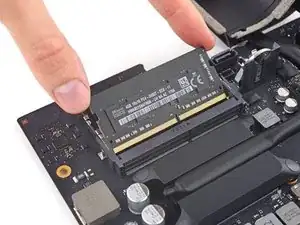
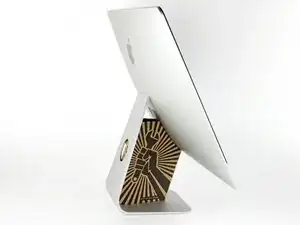
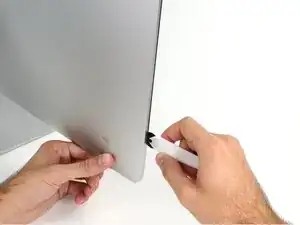
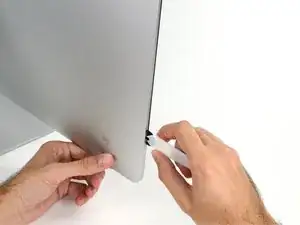
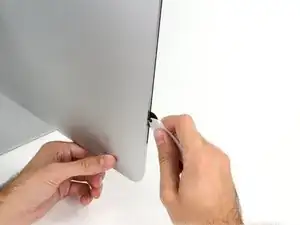
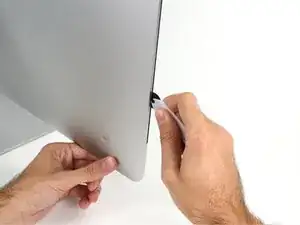
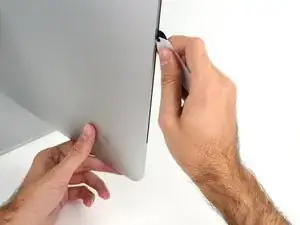
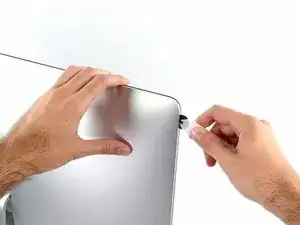
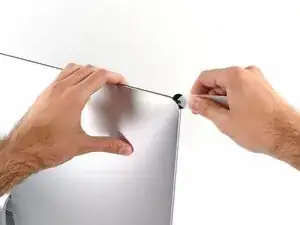
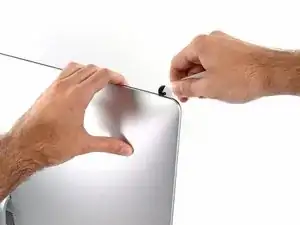
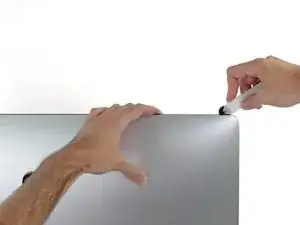
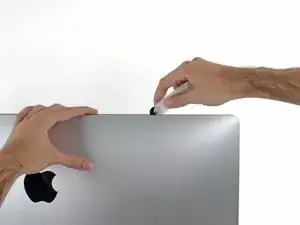
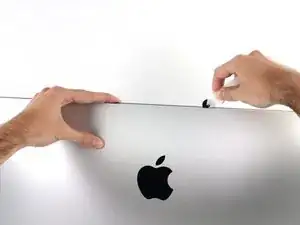
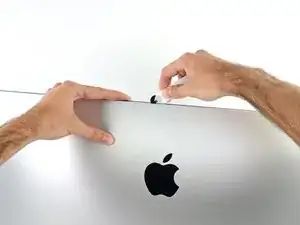
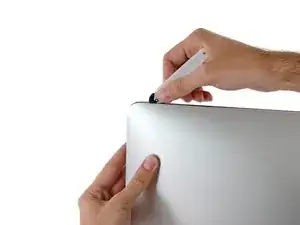

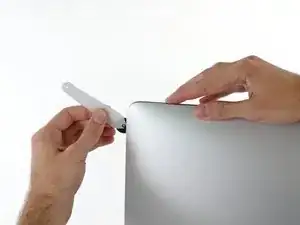
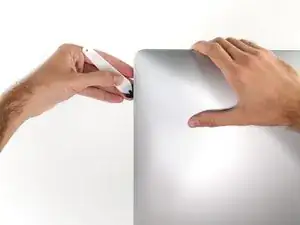
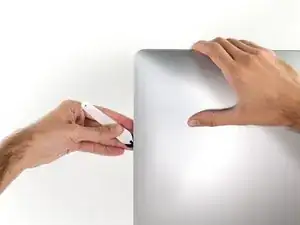
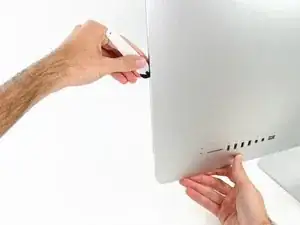
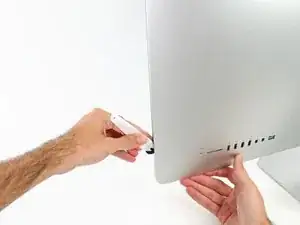

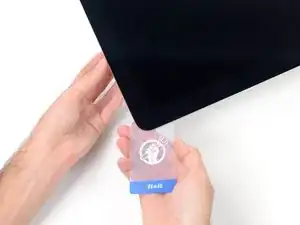
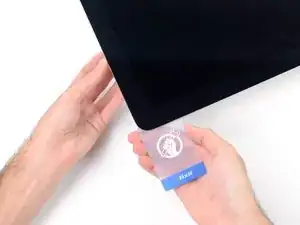
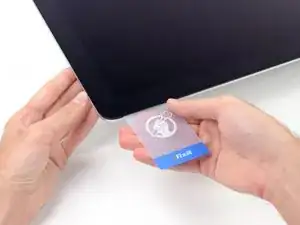
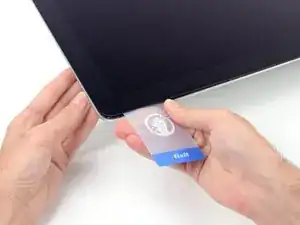
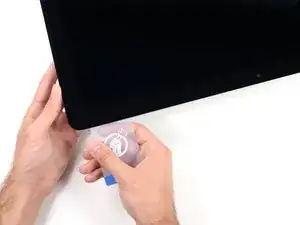
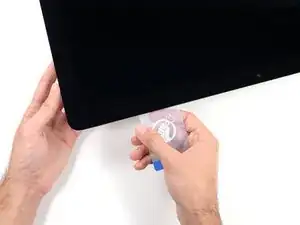
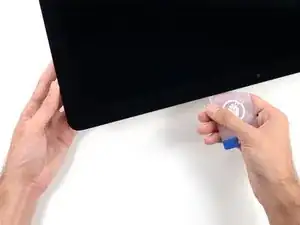
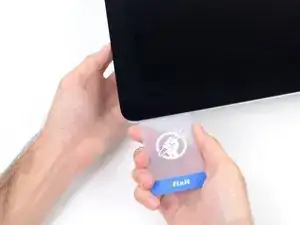
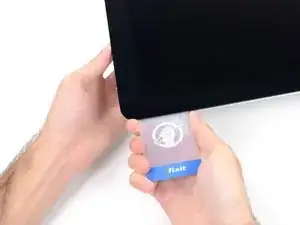
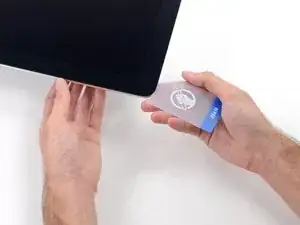
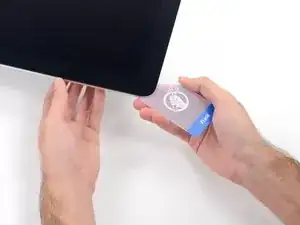
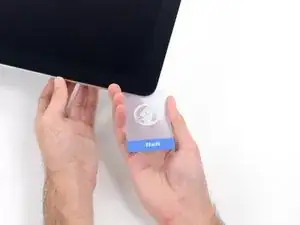
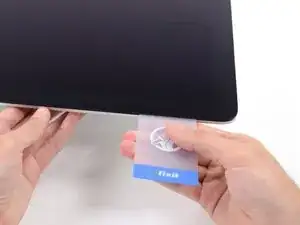
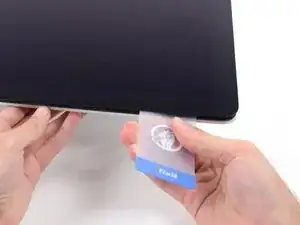
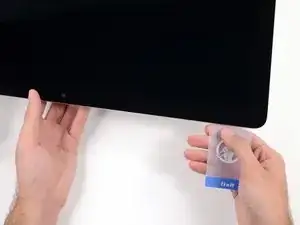
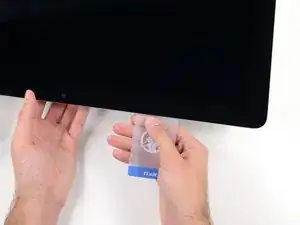
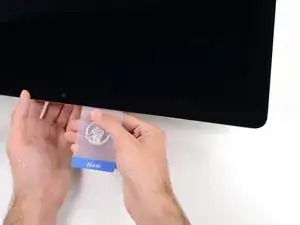
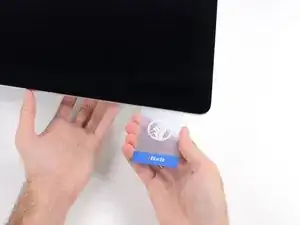
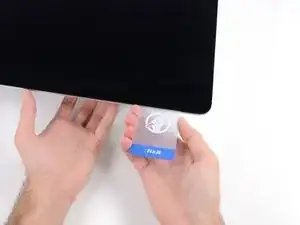
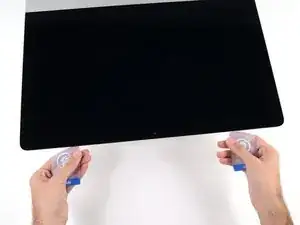
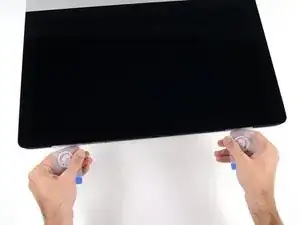
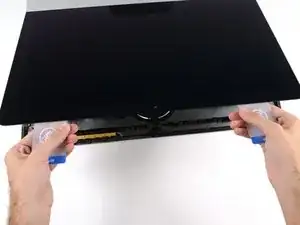
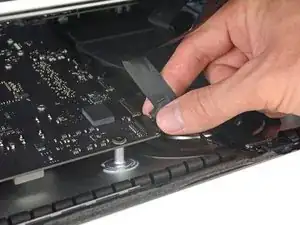
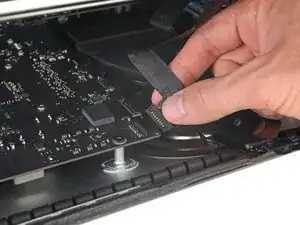
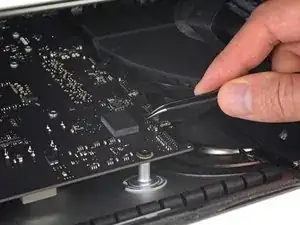
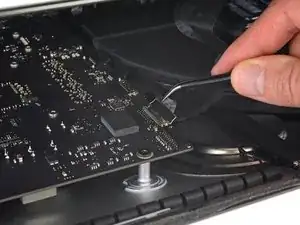
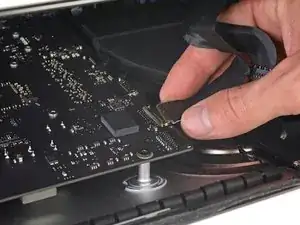
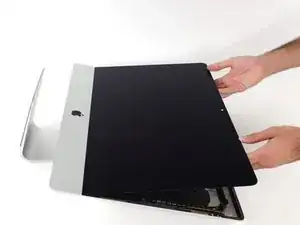
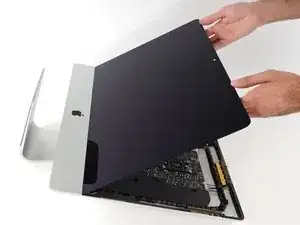
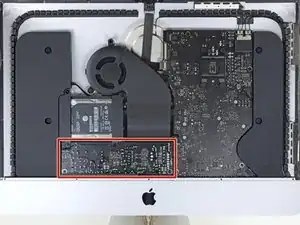
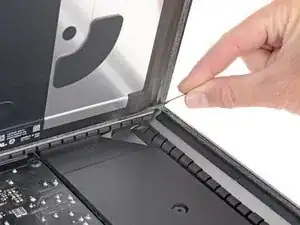
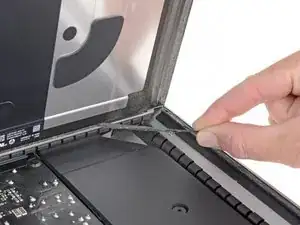
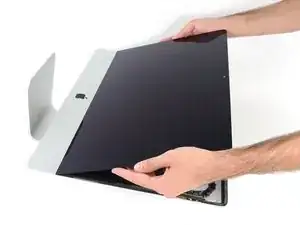
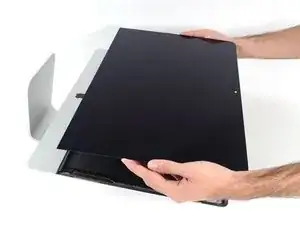
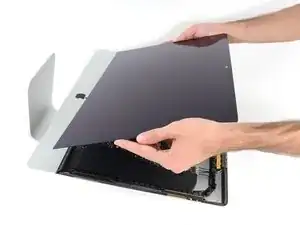
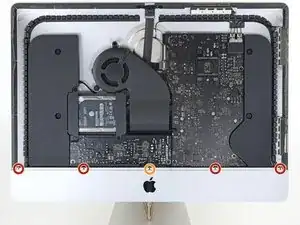
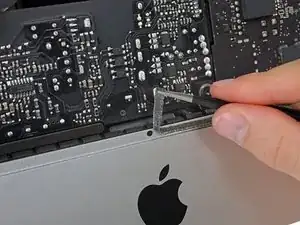
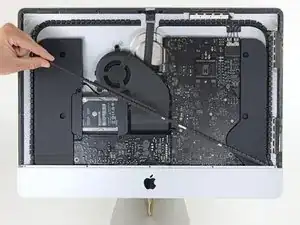
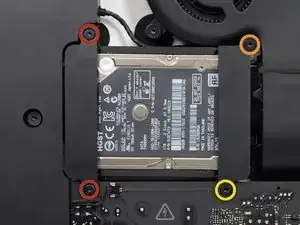
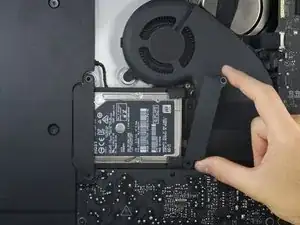
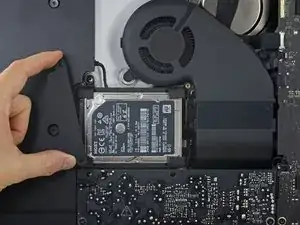
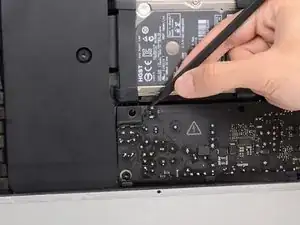
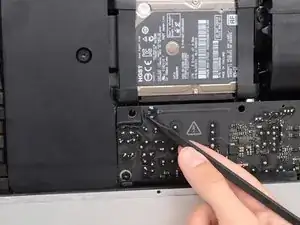
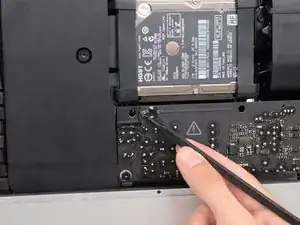

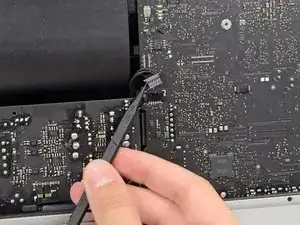
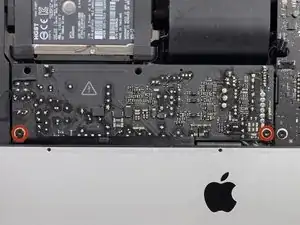
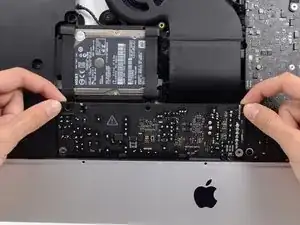
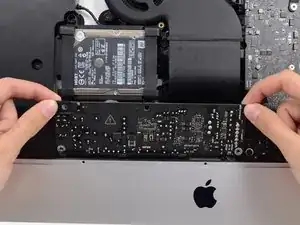
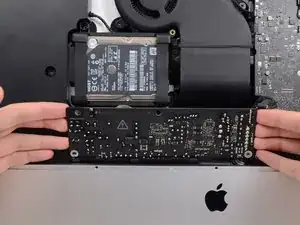
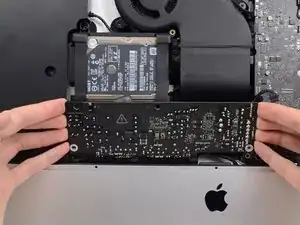
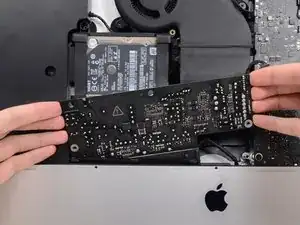
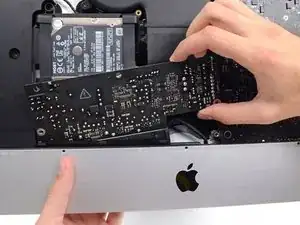
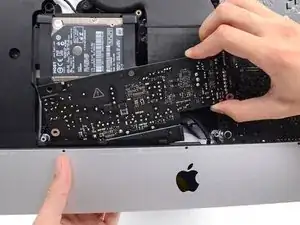
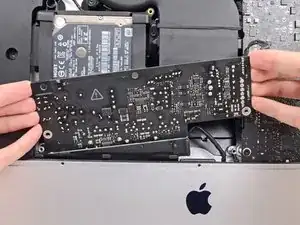
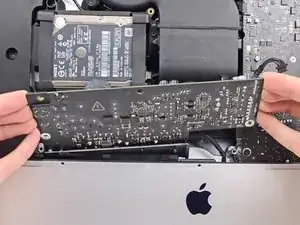
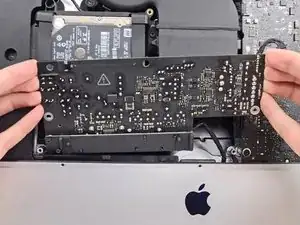
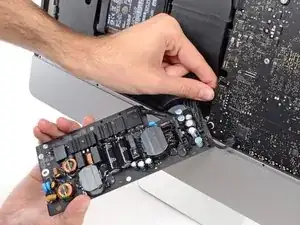
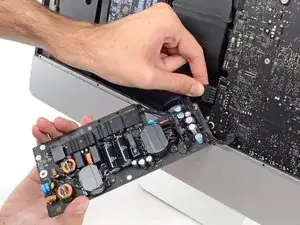
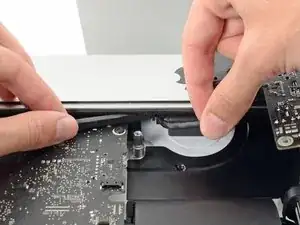
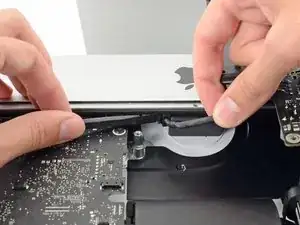
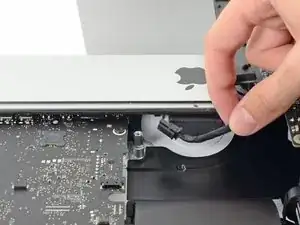
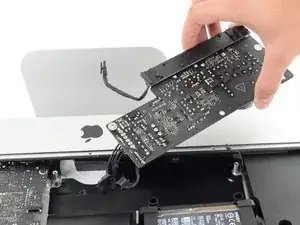
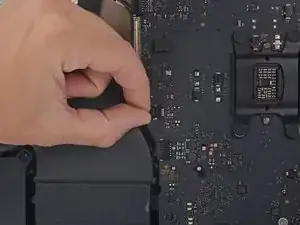
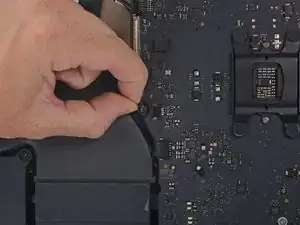
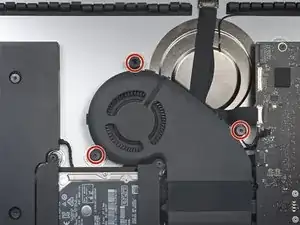
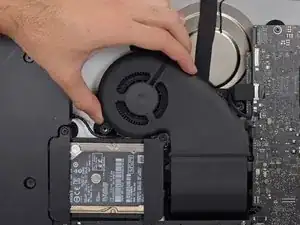
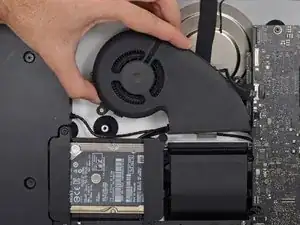
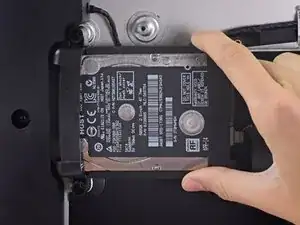
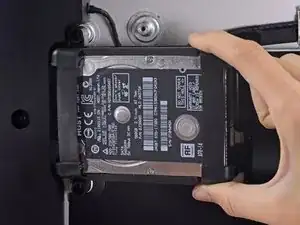
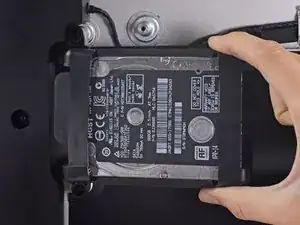
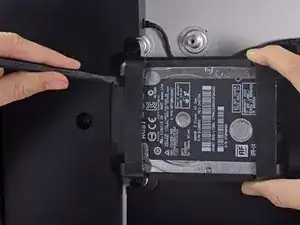
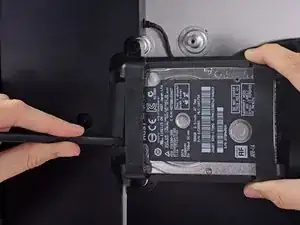
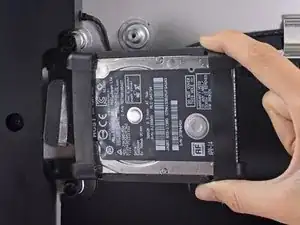
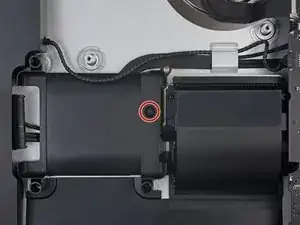
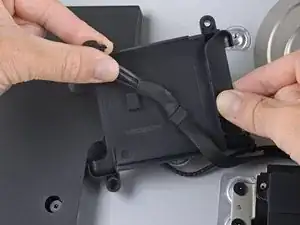
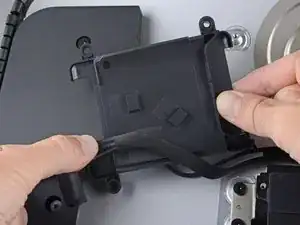
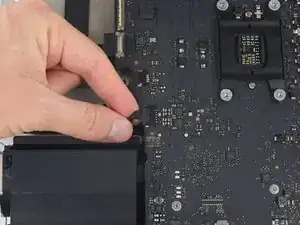
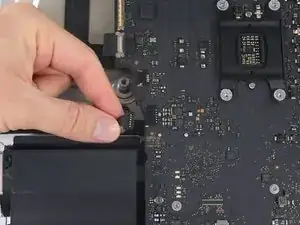
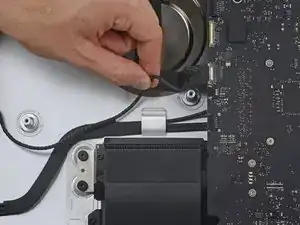
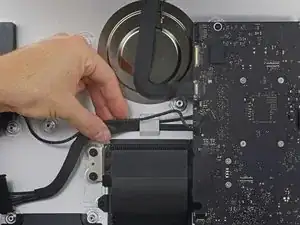
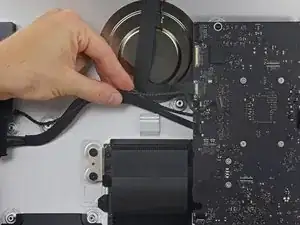
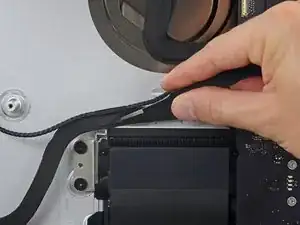
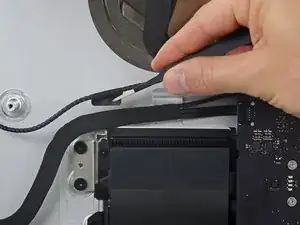
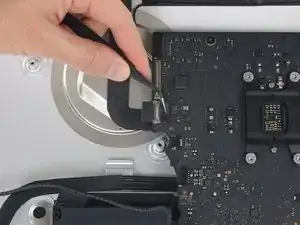
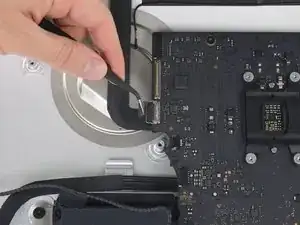
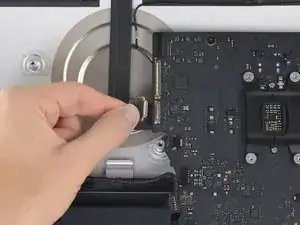
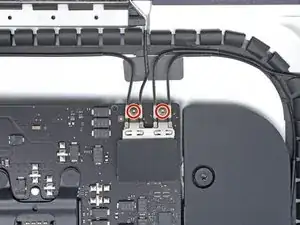
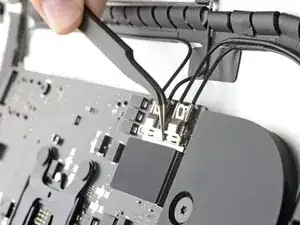
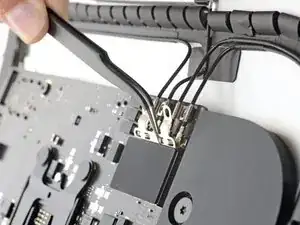
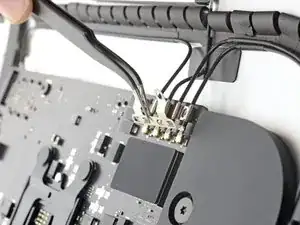
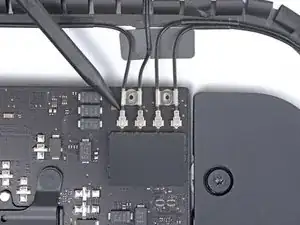
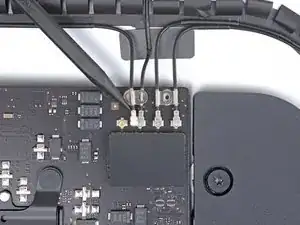
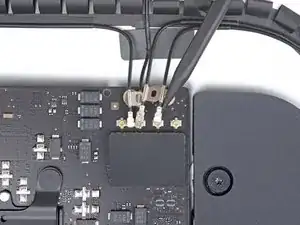
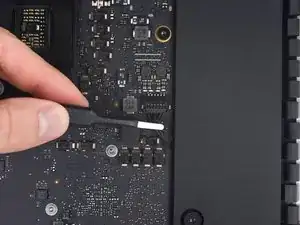
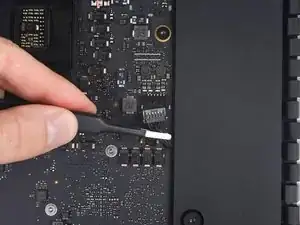
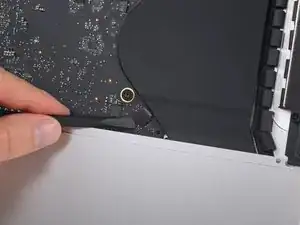
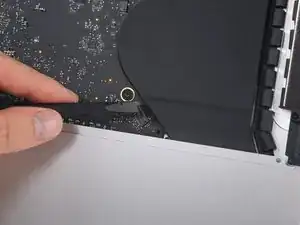
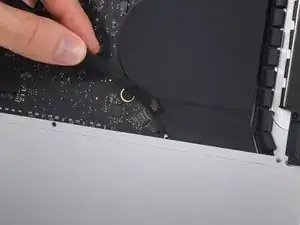
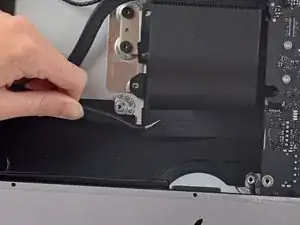
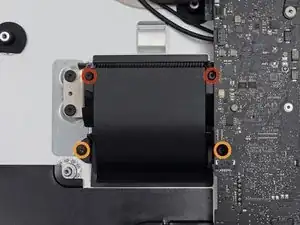
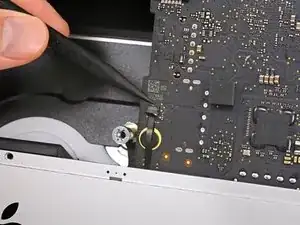
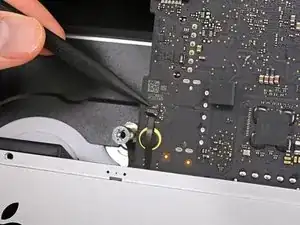
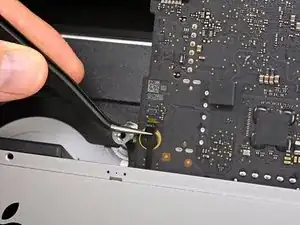
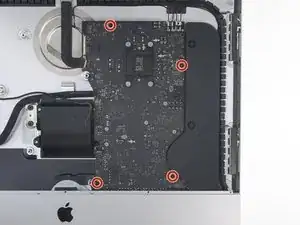
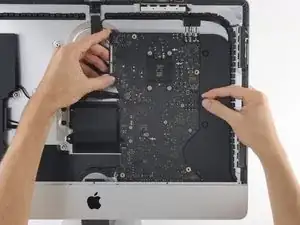
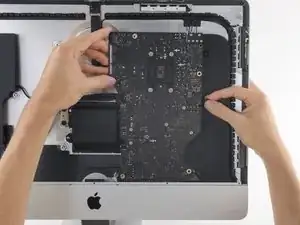
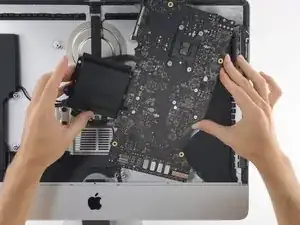
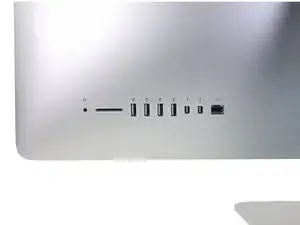
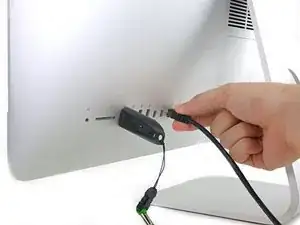
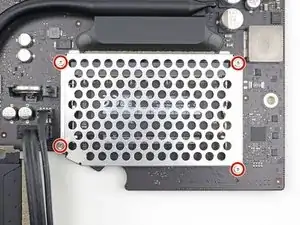
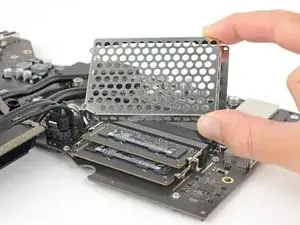
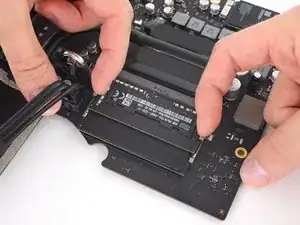
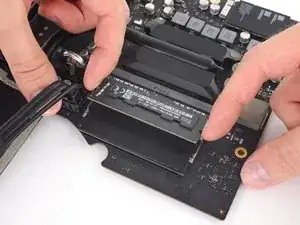
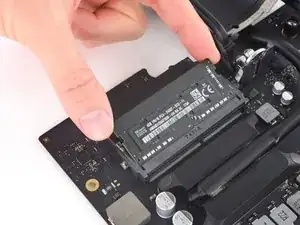
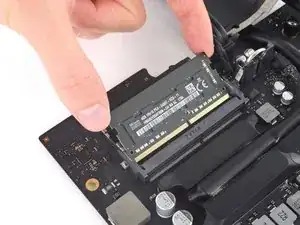
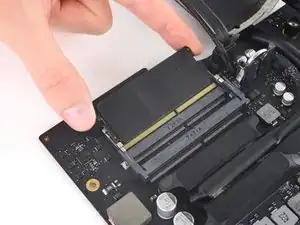
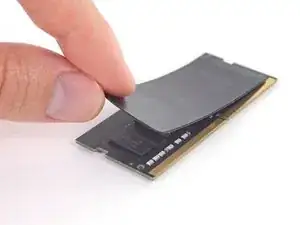

Maybe your directions should suggest fixers to buy RAM cards in pairs. I wanted 32 Gig of RAM, and I bought and installed one 32 G RAM and while it seems fine, one source told me it would be 5-10% faster if I had put in two 16 RAM cards. Is that accurate?
BRUCE CLARKE -
it would at least be that much faster, in theory some applications should run twice as fast
blakebest -